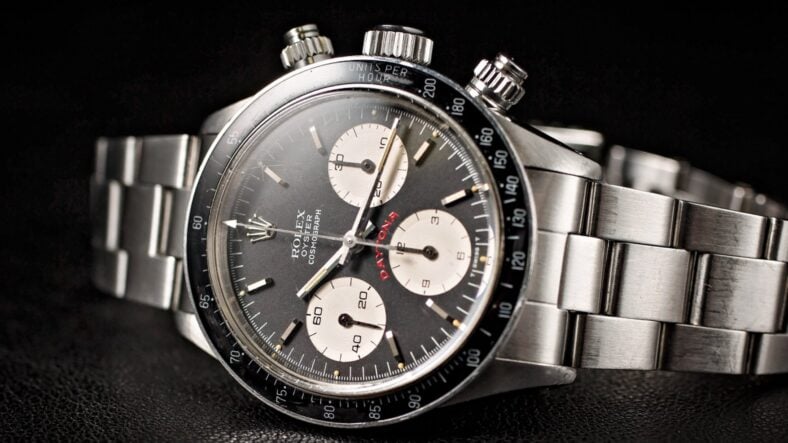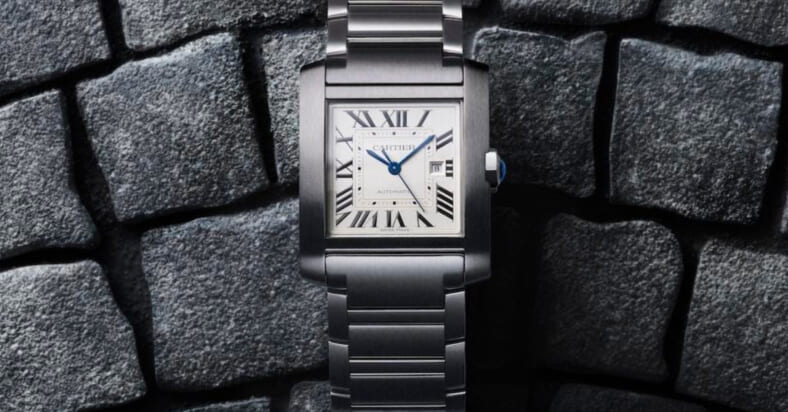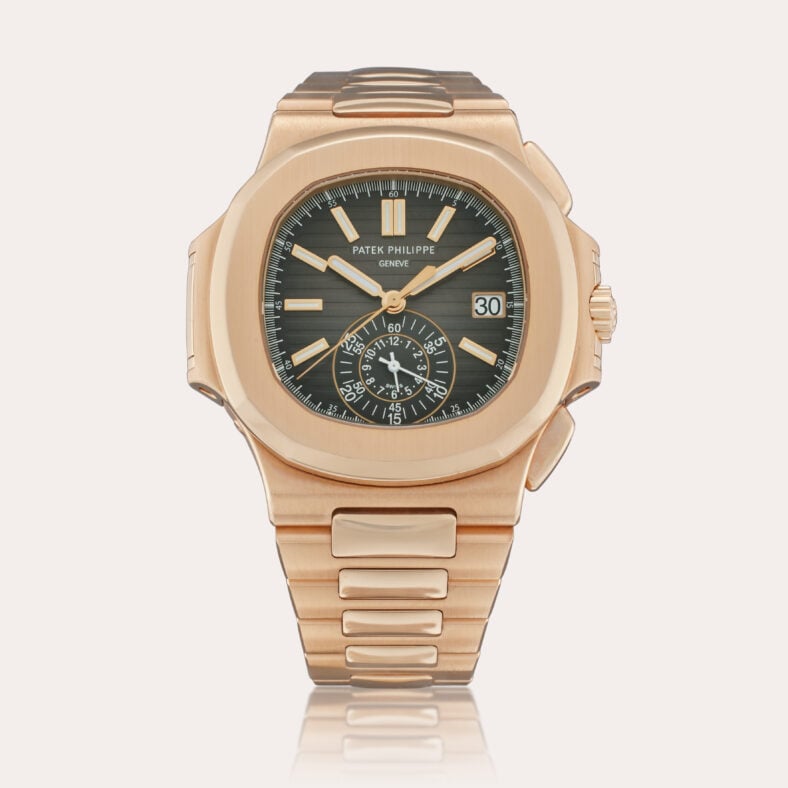
The global pre-owned luxury watch market has notched its best quarterly performance in three years as price declines for leading brands like Rolex, Patek Philippe, Cartier, and Omega slowed to their lowest rate since early 2022. That stabilization could signal a turning point for a sector that has experienced 13 consecutive quarters of price corrections from its post-pandemic peak.
According to a recent report by Morgan Stanley and WatchCharts, average prices across the pre-owned market fell by a mere 0.3 percent from April to the end of June, a notable improvement compared to the 0.4 percent declines seen in the first quarter. This marks the slowest rate of decline in over three years, indicating a renewed willingness among buyers to invest in certain pre-owned models, particularly those from highly coveted luxury watch brands.
Cartier emerged as a standout performer during the second quarter of 2025, with prices appreciating by 6.14 percent, driven by strong demand for its Santos collection, especially vintage and steel models. Over a five-year period, Cartier has seen an impressive 39.06 percent appreciation, reflecting sustained market confidence and a growing collector focus on classic dress watches.

Patek Philippe also showed strength, with prices rising 1.1 percent during the period, fueled by a rebound in Nautilus model prices and continued robust performance of its Aquanaut timepieces. While Rolex prices declined by 0.3 percent and Audemars Piguet by 1.3 percent in the second quarter, both brands, along with Patek Philippe, were among the best performers in the first quarter of 2025.
The report also highlighted a normalization of supply levels for pre-owned Rolex watches and a recovery in absorption rates. Demand for mid-tier brands such as Omega and IWC has also seen considerable growth, nearing record highs in the second quarter. Omega, for instance, experienced only a 0.78 percent decrease in pre-owned prices in mid-2024, demonstrating relative stability, according to the study.

Despite the positive indicators, the broader pre-owned Swiss watch market still faces challenges, with 29 of the 35 tracked brands experiencing negative quarter-over-quarter performance, and 25 seeing an average price decline of at least 1 percent. Brands including Hublot and TAG Heuer saw more significant drops.
The pre-owned luxury watch market, estimated at $24.38 billion in 2023, is projected to reach $45.01 billion by 2030, growing at a compound annual growth rate (CAGR) of 9.2 percent from 2024 to 2030, according the the report. North America led the market in 2023 with a 34.2 percent share of total revenue, while Asia Pacific is expected to exhibit the highest CAGR of 10.9 percent during the forecast period. Automatic pre-owned luxury watches continue to dominate the market, holding a 66.2 percent revenue share in 2023.
Industry experts suggest that the slight market cooling observed in 2024, following the price surge of 2022-2023, presents a strategic entry point for investors. The long-term value of heritage luxury watch models, strong brand equity, and controlled supply are expected to ensure continued investment potential.